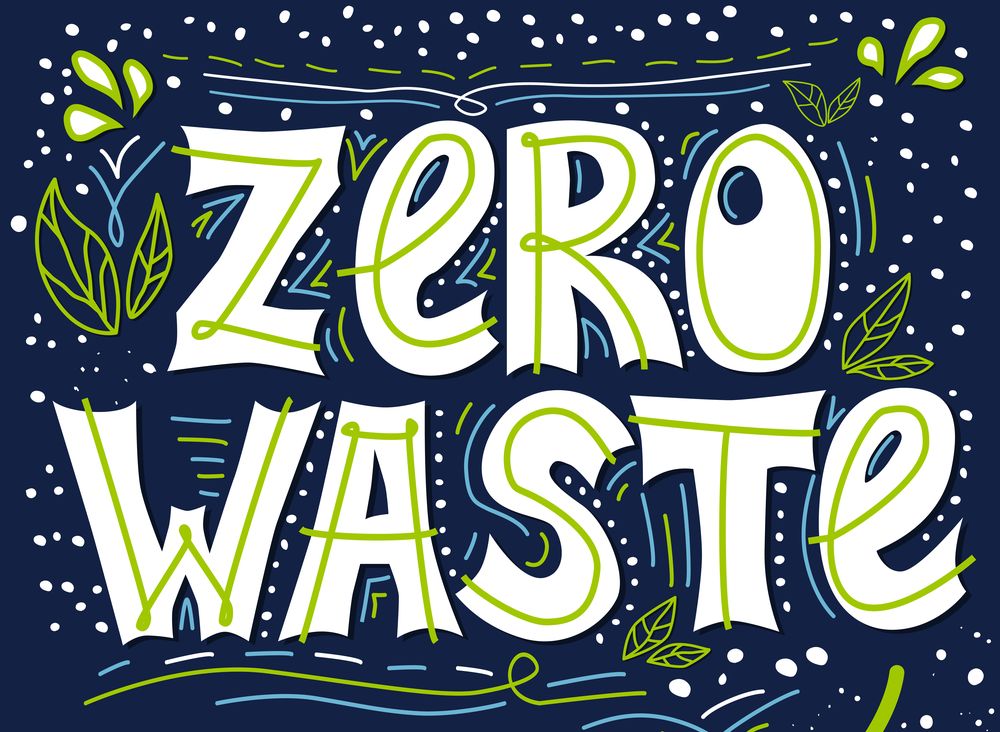Reduce your food waste
Published on Tuesday, 24 September 2019
Last updated on Wednesday, 08 December 2021

According to FeedAustralia, the online meal planning resource designed to assist early childhood education and care providers move towards healthier menus, around 30 per cent of the waste generated by a typical early childhood service is food.
This may be due to over generous portion sizes, poor storage and waste management, child preferences, and lack of planning.
Over time this waste generation has a detrimental effect on the environment, but it also impacts a service's bottom line, reducing profitability, and the pool of money available to spend on other things.
To this end, FeedAustralia is encouraging all early childhood services, no matter what their shape and size to take a long hard look at their food planning and management practices, with the goal of reducing waste. Here are their top tips for reducing food waste in your early childhood service:
1. Plan, Plan, Plan
A US study released in 2017 found that portion control in early childhood education and care centres helped to reduce food waste by 33 per cent. By serving children the correct portion size for their age and letting them know they can come back for seconds, they won’t feel the need to overfill their plates.
You could also consider refining your menu, are there always certain meals producing lots of leftovers? What are the best and worst options for your service in terms of food waste? Consider a food prep challenge, set a budget and force your service to take a creative approach to ingredients.
2. The Big Freeze
Whether you've made too much or there's a holiday coming up, a big chest freezer provides the option to hit pause on your food. Most foods can be stored in the freezer with little or no preparation, but fruits and vegetables can benefit from blanching first to preserve their colour and vitamin content.
You might be surprised by what you can freeze. According to OneGoodThing, you can even freeze cheese, pasta, and raw eggs!
When it comes to storage, try using clear containers so you can see what's inside; it's handy to write the date and contents on everything, too. And when unpacking groceries, make sure the items closest to expiration are nearest to the front of your cupboards so you use them up first.
3. Revive your ingredients
There are lots of tips out there to help you make the most out of ingredients that have seen better days. Here are a few of the simplest ones:
- Wilted vegetables - quick soak in ice water for 5-10 minutes is often enough to reinvigorate them. If that doesn’t work, they can still be great in a cooked dish like soup or stew.
- Stale bread - sprinkling your loaf with water and putting it in a hot oven for a minute or two can help bring bread back to life – perfect for toasting or for making croutons.
- Overripe fruit - if you spot mould developing in a punnet of berries, remove any that have gone bad to stop the mould from spreading. If you’re not ready to eat what’s left, why not put it in the freezer and add some to a smoothie at a later date?
4. Handle Your Leftovers
Unfortunately, leftovers are sometimes unavoidable. Here's what we suggest:
- Compost Bins - make sure you have two scrap containers for every mealtime to separate out compostable items. What about setting up a compost area at your service? It’s an easy, natural way to recycle.
- Leftover Foodbanks - two of the best-known food collection agencies in Australia are OzHarvest and Foodbank Australia. Both specialise in collecting excess food and then redistributing it to front line charities that feed those in need. This is not only great for reducing waste but is a great way to help your local community.
5. Little Waste Warriors!
There are lots of fun ways to get the children in your service involved in the war on food waste! You can:
- Create a worm farm or compost pile at your service and assign waste monitors to maintain and check it (we've provided some links below on how to get started). It's a great opportunity to teach your little people about nature and the process of transformation.
- Encourage children to sort their lunch waste into the correct bins and get them involved in creating signs on what can and can't be added to each container.
- Hold a regular Friday smoothie or soup making session with overripe fruit and vegetables that won't keep until Monday.
Rescue your overripe bananas with a sweet treat. Simply chop up your bananas and freeze them for a few hours. Once frozen, you can put them in the food processor for delicious, healthy 'ice-cream' or 'nice-cream'. No need to add sugar as bananas are sweet enough. And if you want to add an extra tropical flavour, you can always add a bit of coconut milk. This works really well with frozen mango too!
There are lots of useful resources out there if you would like to learn more. Here are some recommendations from FeedAustralia.
For saving tips and leftover recipes
Love Food Hate Waste
Save the food
For leftover food collection
Oz Harvest
Foodbank Australia
For tips on getting creative with your waste
Ways to get children excited about recycling
How to get started with composting
How to halve your waste
Thanks to FeedAustralia for these great tips. To learn more and sign up for the FREE FeedAustralia program for early childhood click here.
Related Articles

Gardening activities for little green thumbs
Simple ideas for incorporating gardening opportunities in your program and the educational benefits for children.

Going green improving sustainability practices in your centre
Boosting sustainbility practices in your service to lessen the effects of climate change and ensure future generations can continue to thrive.
